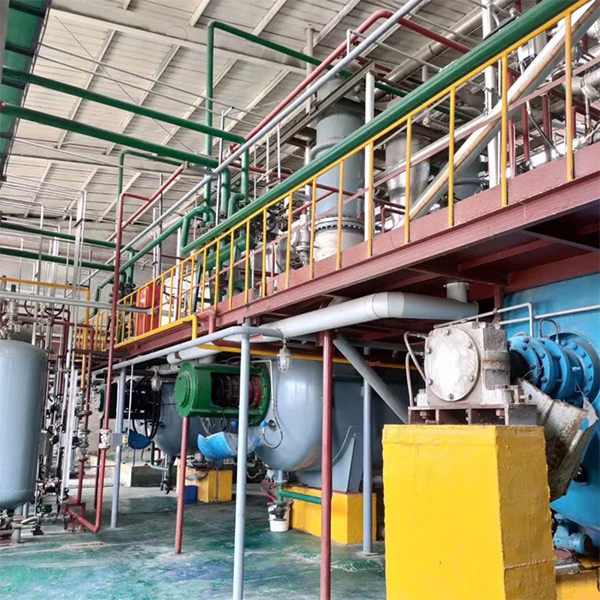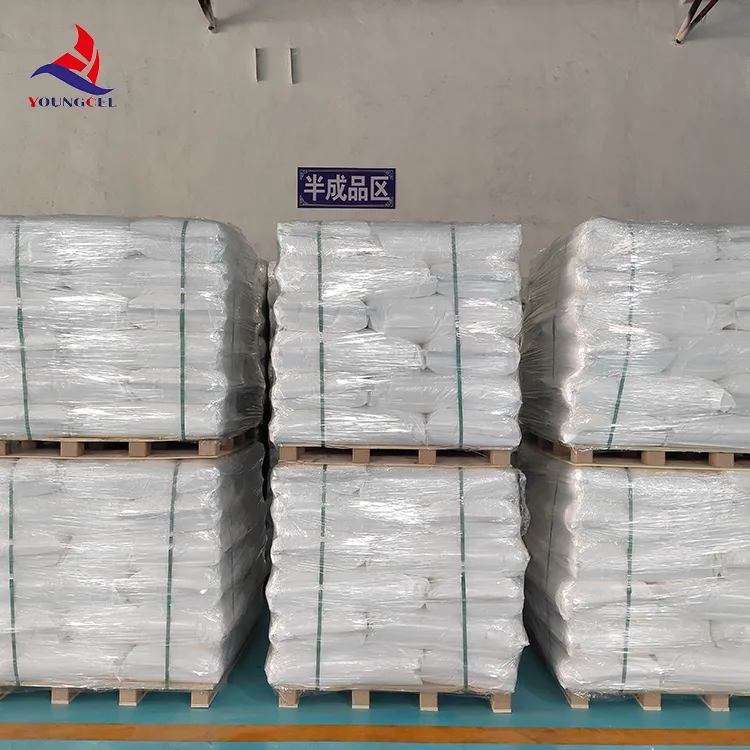- Understanding the Basics: What is Polyvinyl Alcohol?
- Exceptional Properties: Why PVA Stands Out
- Clarifying Confusion: PVA vs. PVAc
- Versatile Applications: Where is Polyvinyl Alcohol Used?
- Enhancing Paints: The Role of PVA
- Market Leaders: Comparative Analysis
- Tailoring to Needs: Custom Solutions for Polyvinyl Alcohol

(what is polyvinyl alcohol)
Understanding What is Polyvinyl Alcohol?
Polyvinyl alcohol (PVA) emerges when polyvinyl acetate undergoes hydrolysis, stripping acetate groups for hydroxyl units. This synthetic polymer offers unique water solubility absent in most hydrocarbon-based plastics. Chemically designated as (C2H4O)n, manufacturers precisely control the degree of hydrolysis (87-99%) and molecular weight (30,000-200,000 Da) to dictate properties. Unlike petroleum-derived polymers, PVA features low toxicity and biodegradability. Global capacity exceeds 1.4 million metric tons annually, driven by demand across packaging, construction, and specialty industries. The transformation from acetate to alcohol fundamentally modifies chemical behavior, enabling applications impossible for its precursor.
Exceptional Properties: Why PVA Stands Out
PVA demonstrates extraordinary tensile strength reaching 100 MPa, exceeding many conventional plastics. Its oxygen barrier properties (0.2-0.5 cm³·mil/100in²·day·atm) rival ethylene vinyl alcohol (EVOH) when dry. Unlike most water-soluble polymers, PVA films resist organic solvents, oils, and greases. The bond density creates crystalline regions that dissociate only in water, permitting controlled solubility from immediate dissolution to prolonged resistance based on molecular weight. Thermal stability up to 200°C facilitates melt processing while preserving mechanical integrity. Biodegradability occurs through enzymatic action by specific bacteria within 45 days under optimal conditions. These characteristics collectively enable functions from temporary textile sizing to permanent barrier films.
Clarifying Confusion: PVA vs. PVAc
Understanding the difference between polyvinyl alcohol and polyvinyl acetate begins with their chemical backbone. While both derive from vinyl acetate monomers, PVAc retains acetate groups (-OCOCH3), making it hydrophobic and thermoplastic. PVA replaces these with hydroxyl groups (-OH) through hydrolysis. Hydrolysis percentage determines PVA characteristics: partially hydrolyzed grades (87-89%) offer excellent adhesion to hydrophobic surfaces and solubility in cold water; fully hydrolysed types (98-99%) provide superior mechanical strength and require hot water for dissolution. PVAc solutions solidify through solvent evaporation to form glassy adhesives, while PVA solutions coagulate into thermoset-like structures through molecular hydrogen bonding. These distinct mechanisms result in divergent applications: PVAc excels in wood glues, while PVA dominates in textile warp sizing and functional barrier layers.
Versatile Applications: Where is Polyvinyl Alcohol Used?
With 37% of global PVA consumption directed toward textiles, polyvinyl alcohol used for warp sizing protects fibers during high-speed weaving. The paper industry (23%) employs it as a strength additive and coating binder. Construction applications (15%) exploit PVA's adhesion in cement mortars, enhancing flexural strength by 30%. PVA fibers reinforce concrete without corrosion concerns, extending structure lifetimes. Water-soluble packaging films (12%) represent the fastest-growing segment, projected to increase by 7.8% CAGR through 2030. Beyond these, polyvinyl alcohol used in eye drops leverages non-irritating properties, while pharmaceutical tablet coatings utilize gastric fluid resistance. Agricultural chemical encapsulation relies on controlled dissolution timing, preventing chemical degradation while ensuring precise soil release.
Enhancing Paints: The Role of PVA
Polyvinyl alcohol uses in paint formulations enable crucial performance characteristics impossible with alternatives. As a protective colloid in emulsion polymerization, it stabilizes 0.1-3μm vinyl acetate particles during reactions. Architectural coatings incorporate PVA for pigment binding and shear-thinning rheology, improving brushability while preventing sag. Industrial anti-corrosive primers employ PVA's barrier properties, with less than 0.1 mg/cm²/year corrosion rates under salt spray tests. Inkjet receivers contain PVA's nanoscale porous coatings for precise ink droplet absorption, creating photographic-quality prints. Water-based wood stains combine 5-8% PVA solutions to enhance grain definition without raising fibers. The molecular structure permits covalent bonding with cross-linkers like glyoxal, transforming temporary solutions into wash-resistant films ideal for outdoor applications.
Market Leaders: Comparative Analysis
| Manufacturer | Production Sites | Specialty Grades | Annual Capacity (kTon) | Primary Applications |
|---|---|---|---|---|
| Kuraray | Japan, USA, Germany | Ultra-high hydrolysis (≥99.3%) | 385 | Optical films, EVOH blends |
| Sekisui Chemical | Japan, Singapore | Low-viscosity (4-8 cP) | 220 | Pharmaceutical, adhesives |
| Chang Chun Group | Taiwan, China | Cold-water soluble grades | 310 | Textile sizing, packaging |
| Mitsubishi Chemical | Japan, Thailand | Borax-crosslinkable | 180 | Paper coating, construction |
Market analysis reveals Kuraray dominates high-purity segments required for optical applications, commanding 40% market share in barrier films. Chang Chun leads price-sensitive commodity markets with integrated vinyl acetate monomer facilities reducing costs by 18-22%. Sekisui’s pharmaceutical-grade PVAs meet USP/EP monographs with undetectable heavy metal content. Regional disparities emerge: North American manufacturers optimize for packaging innovations, European producers emphasize sustainable credentials, while Asian suppliers focus on textile and construction demand.
Tailoring Polyvinyl Alcohol Solutions
Modified PVA solutions require precise parameter engineering: Molecular weight adjustments control dissolution rates from 15 seconds to 15 minutes; hydrolysis modifications dictate thermal resistance between 60-95°C; copolymerization with 1-3% vinylamine introduces cationic charges for enhanced paper fiber bonding. Cross-linking density calibrations permit erosion-controlled agricultural chemical release over 30-120 days. Recent case studies include self-disinfecting films where PVA delivers silver ions at 0.12 μg/cm²/hour rates, maintaining antimicrobial efficacy for weeks. As markets demand specialized solutions, manufacturers now produce application-specific variants requiring multi-stage modification processes. Future development focuses on nanocomposites embedding cellulose nanocrystals to boost strength by 150% while preserving transparency and biodegradation profiles.

(what is polyvinyl alcohol)
FAQS on what is polyvinyl alcohol
Q: What is polyvinyl alcohol (PVA)?
A: Polyvinyl alcohol (PVA) is a water-soluble synthetic polymer derived from polyvinyl acetate through hydrolysis. It is known for its biodegradability, adhesion properties, and resistance to oils and greases. PVA is widely used in adhesives, films, and coatings.
Q: What is the difference between polyvinyl alcohol and polyvinyl acetate?
A: Polyvinyl acetate (PVAc) is a thermoplastic polymer used in adhesives like white glue, while polyvinyl alcohol (PVA) is its hydrolyzed derivative, water-soluble, and used in films or coatings. PVA forms stronger hydrogen bonds due to hydroxyl groups, unlike PVAc's acetate groups. Their applications differ based on solubility and chemical structure.
Q: What is polyvinyl alcohol used for?
A: PVA is used in water-soluble packaging films, adhesives, textiles, and paper coatings. It also serves as a binder in pharmaceuticals and personal care products. Additionally, it’s employed in construction materials for its flexibility and strength.
Q: How is polyvinyl alcohol used in paint?
A: In paints, PVA acts as a binder, improving adhesion and forming a durable film. It enhances viscosity and stabilizes pigments for even distribution. Its water solubility also makes it eco-friendly for low-VOC formulations.
Q: Can polyvinyl alcohol be used in biodegradable products?
A: Yes, PVA’s water solubility and biodegradability make it ideal for eco-friendly films, packaging, and detergent pods. It breaks down in microbial environments, reducing environmental impact. This property drives its use in sustainable industrial applications.
-
Rdp that The Revolutionary Polymer Powder Transforming Modern Construction MaterialsNewsAug.11,2025
-
Hpmc Powder that Versatile Additive for Detergents and Personal CareNewsAug.11,2025
-
Hpmc Hydroxypropyl Methylcellulose that Essential Building Material Additive from Shijiazhuang Gaocheng YongfengNewsAug.11,2025
-
Hydroxypropyl Methyl Cellulos Hpmc that Essential for Construction ApplicationsNewsAug.11,2025
-
Mhec Powder that Revolutionizing Construction Chemistry with Cellulose Ether SolutionsNewsAug.11,2025
-
Industri Hpmc that The Global Backbone of Advanced ConstructionNewsAug.11,2025




